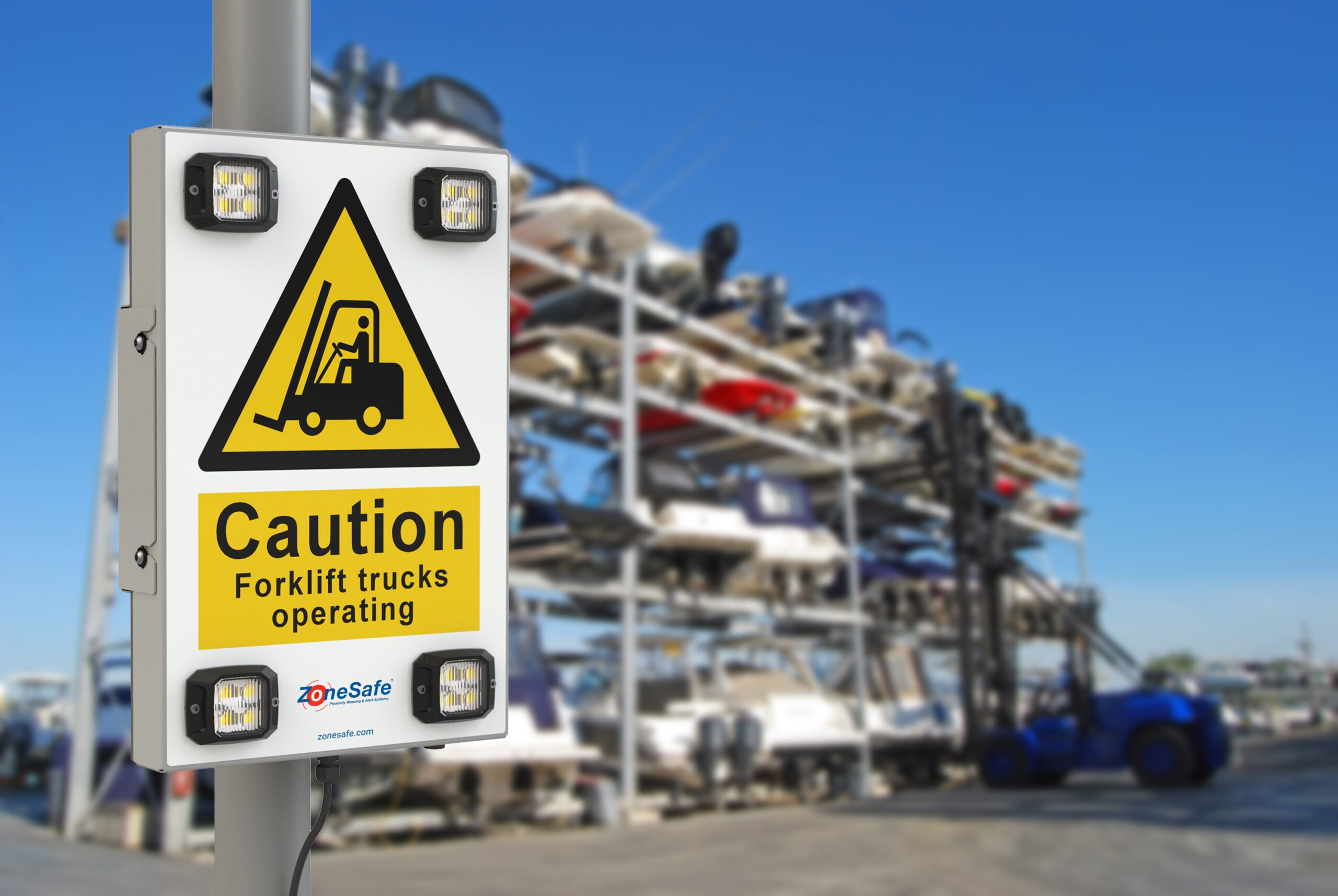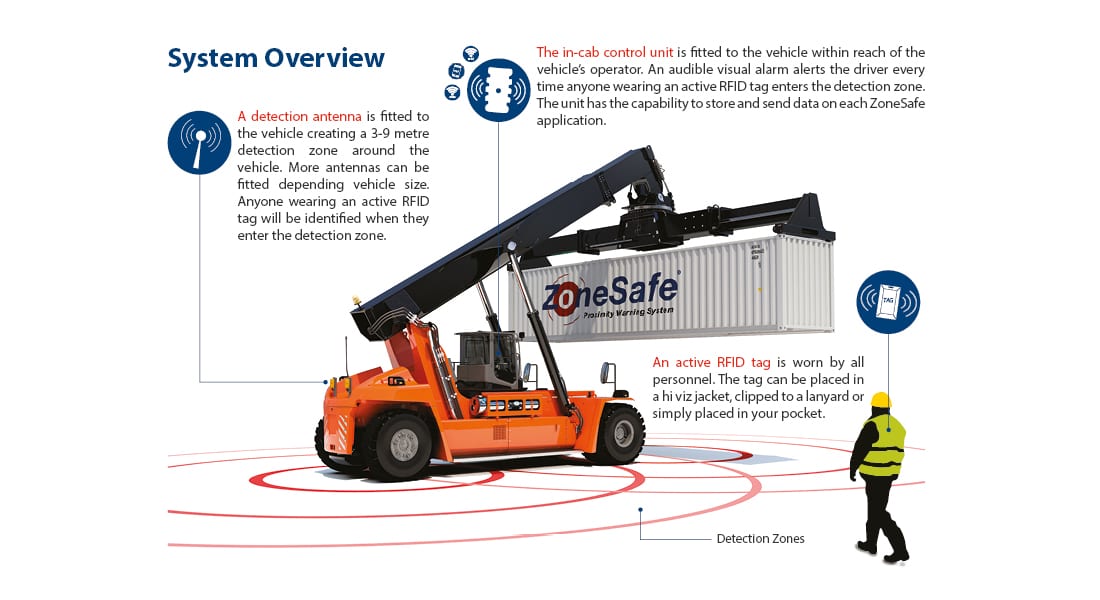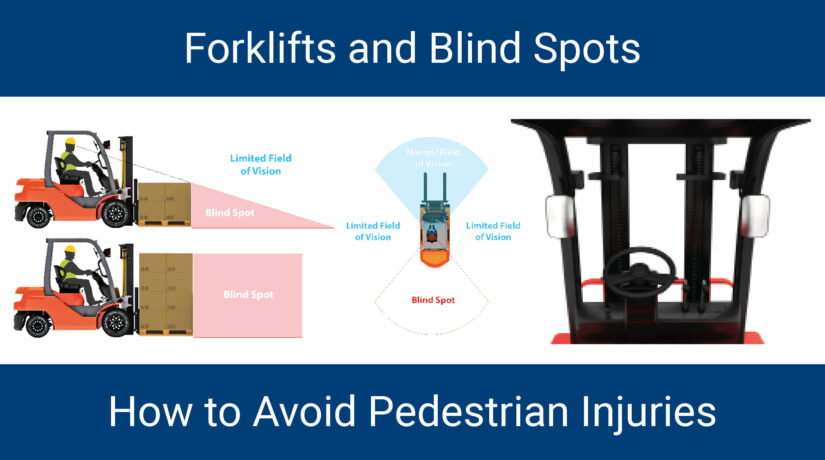
Forklifts and blind spots: how to avoid pedestrian injuries
Forklifts are widely used across a range of industries, but the potential for serious accidents is high, particularly for people working nearby. The combination of heavyweight, around three times the weight of an average car, rear wheel drive control, and front loads that obstruct the driver’s view make accidents commonplace, often with devastating results.
Common forklift incidents include collisions with people or other vehicles, unstable loads falling from the truck, people being trapped, and the forklift tipping over. Drivers have a lot to consider when operating the vehicle, often navigating confined spaces with multiple hazards and a heavy load, challenging even the most experienced driver. Many accidents occur due to blind spots where the driver has a limited view of the area and activity around the vehicle.
Blind spots are a common problem often arising when there is a load or attachment blocking the view, or simply relating to the nature of the working environment. Blind spots can occur at corners, doorways, intersections and crossings, or any area where there is an obstruction. In a busy worksite, blind spots greatly increase the risk of collision with hazards, vehicles and people and the greatest risk is to the people working in the area around the forklift. There are more than 1300 forklift accidents every year in the UK, averaging around five accidents every working day. By taking precautions around forklift use and addressing risk factors like blind spots, most accidents are avoidable.
Measures you can take to reduce accidents
1. Stay alert
When completing everyday or repetitive tasks, it’s easy to become complacent. This false sense of security, the assumption that everything will be okay, results in reduced situational awareness and is the root cause of many accidents at work. It’s crucially important to stay alert when operating a forklift or when working nearby forklifts and other vehicles.
The driver needs to take extra caution around blind spots and when carrying loads that obstruct the view. Pedestrians too, must remain aware of traffic and take extra care to stop and look before continuing to ensure the area is clear.
2. Slow down
It seems obvious, but it’s important to remember to watch your speed. Travelling at high speed dramatically increases the potential for a serious collision, and blind spots add an extra layer of hazard. Forklifts are highly responsive, so high speeds greatly reduce the driver’s ability to control the vehicle and increase the chance of tipping over, which is the most common type of forklift accident.
3. Use the horn and mirrors
Fitting a convex mirror to the forklift and using wall mirrors at known blind spots in the working environment goes a long way to increasing visibility for drivers helping them to see around corners and loads.
Sounding the horn at corners and blind spots alerts other drivers and pedestrians in the area of an oncoming vehicle. People who regularly work around forklifts can easily become complacent and let their guard down. Something as simple as sounding the horn alerts everyone in the area of the risk and can ultimately prevent a collision from taking place.
4. Make the most of signage
Safety signage is mandatory in high-risk areas, but sign blindness is a common problem – when workers are so used to seeing the same warning signs every day, they lose their effectiveness. There are ways to make signage much more engaging and effective.
ZoneSafe’s activated signage is triggered when a vehicle approaches a blind spot such as an intersection or blind corner, automatically activating illuminated flashing warning signs that really grab the attention. Activated signage is also very helpful in areas that are dimly lit where traditional signage just doesn’t stand out. Illumination draws the eye and automatically raises awareness, giving workers enough warning to stop and look for risk.
ZoneSafe projected warning signs offer a highly visual alert – the sign is automatically projected onto the floor when a vehicle approaches and is most effective at blind corners or around racking as it alerts people in the area that a vehicle they cannot yet see is approaching.
5. Install ZoneSafe Proximity Warning Alert System
The key to addressing blindspots is to increase visibility and alert everyone in the area to a concealed hazard. The nature of blind spots means the hazard cannot be seen, but ZoneSafe makes the invisible visible.
ZoneSafe offers a flexible solution that fits forklifts and most other MHE and heavy machinery. The system automatically delivers an audio/visual and often vibration alarm to alert wearers to the presence of danger.
By raising awareness and alerting drivers and pedestrians to the presence of the unseen risk, action can be taken and activity stopped before a collision takes place. ZoneSafe’s proximity warning and alert system is specifically designed to help reduce the risk of accidental collisions between materials handling equipment and pedestrians and other vehicles.
Don’t just take it from us! – Watch Robert Wilcox of Massey Wilcox discussing the benefits of ZoneSafe to his safe forklift operation in our video case study Massey Wilcox Case Study
For more details and to discuss your workplace safety concerns, contact ZoneSafe.
Continue Reading
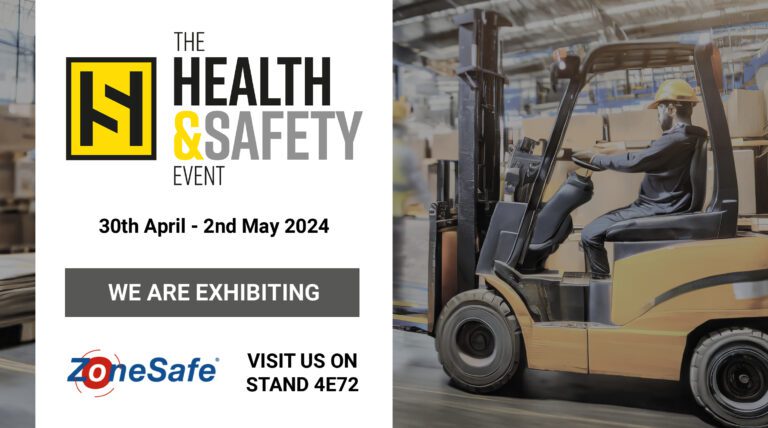
Visit ZoneSafe at The Health & Safety Event
Our next exhibition this year comes at The NEC for The Health & Safety Event. This is a fantastic opportunity for you to explore the…
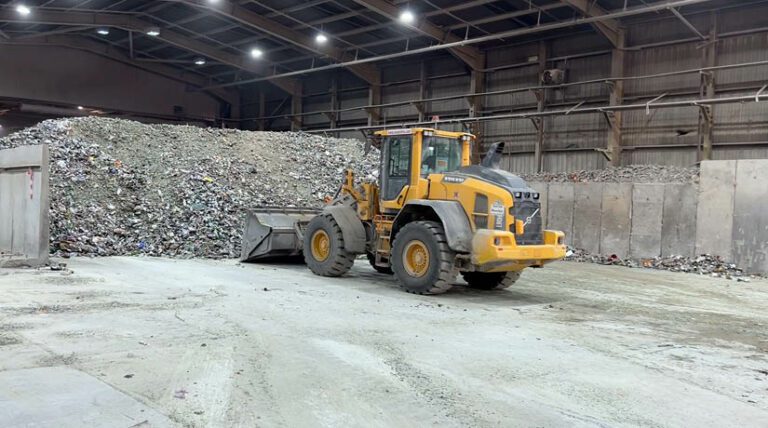
How to Improve Vehicle Safety In Your Waste Centre
Workplace transport accidents are one of the most common causes of serious injuries and fatalities in the waste management industry, and being struck by a…
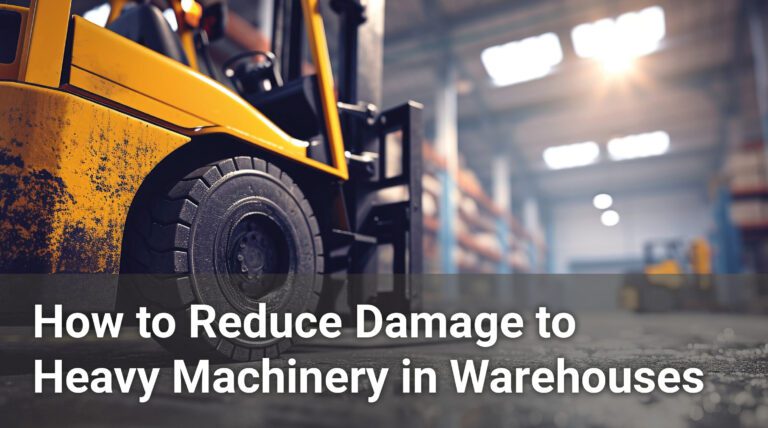
How to Reduce Damage to Heavy Machinery in Warehouses
Warehouses are bustling places, and keeping the daily operation efficient is crucial to maintaining on-time order fulfilment requirements. The constantly moving environment with multiple pieces…
Get in Touch
See how ZoneSafe can provide a solution for you Get in touch


